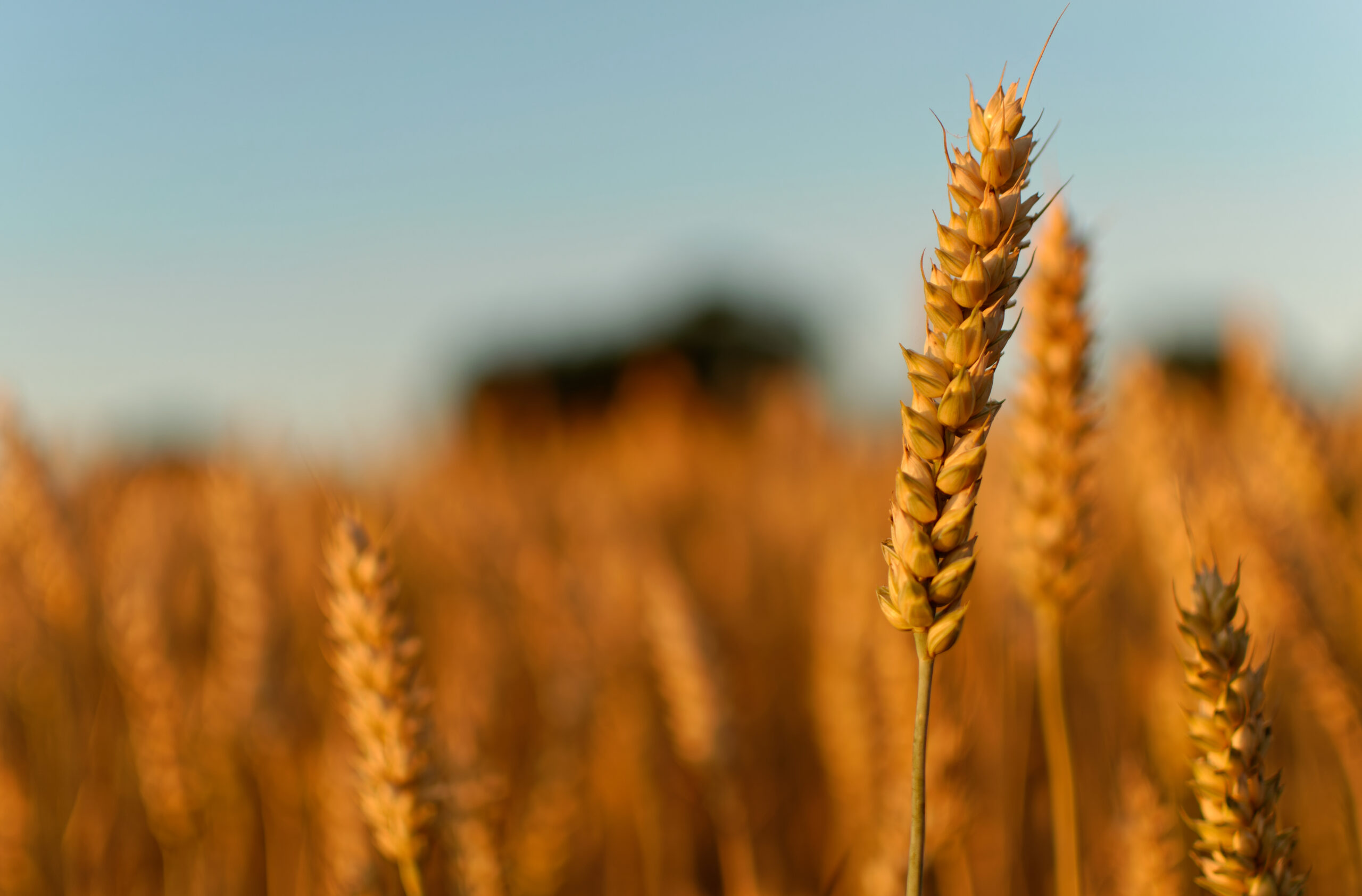
Feeding the future
We play an essential role in supporting global food security and powering a cleaner way forward for our customers.
As a producer and distributor of nitrogen fertilizers, crop nutrition products, and other nitrogen solutions, we’re providing critical solutions for the food, farming, and emissions challenges of today and unlocking a more sustainable world tomorrow.
Through our low-carbon products and sustainable agriculture practices we’re supporting our customers around the world to maximize their crop yields and minimize their environmental impact. Together, we’re making our products greener and harvests better, accelerating towards a cleaner future.
Sustaining our growing world
As our world rapidly grows, we’re providing practical solutions to solve some of the world’s biggest agricultural challenges.
Protecting natural ecosystems
Accelerating global warming and intensive farming are placing our natural ecosystems under urgent threat. The agriculture industry must be supported to grow crops productively and sustainably, with less harmful effects on the environment.
Supporting Food security
Global food supplies are under intense threat from rapidly growing populations, disrupted
supply chains and climate change. The world relies on nitrogen fertilizers to grow crops and feed 4 billion people, making up half the world’s population.
Today, mineral-based fertilizers account for 50% of global food production
 In 1960, two people were fed from one hectar of land
In 1960, two people were fed from one hectar of land

 In 2025, five people will need to be fed from one hectar of land
In 2025, five people will need to be fed from one hectar of land
Real world solutions, revolutionizing industry
At OCI, we’re creating game-changing products and solutions for our customers, from market leading products to sustainable practices, we’re shaping the future of agriculture and transport to feed and fuel our world.

Our products
Our nitrogen fertilizers and crop nutrition products provide an efficient source of nitrogen, the key nutrient for crop growth and development, so our customers can achieve optimal yields, reduce soil nutrient loss, improve soil quality, and reduce the need for new farmland.
Our fertilizer portfolio includes urea ammonium nitrate, calcium ammonium nitrate, and ammonium sulphate. Our lower-carbon products, such as our blue, green and biogas-based nitrogen fertilizers, mean our products have lower greenhouse gas emissions versus conventional products.

Safety, Product & Data Sheets
Our global product stewardship program ensures materials are safely manufactured, handled, stored, and distributed.


